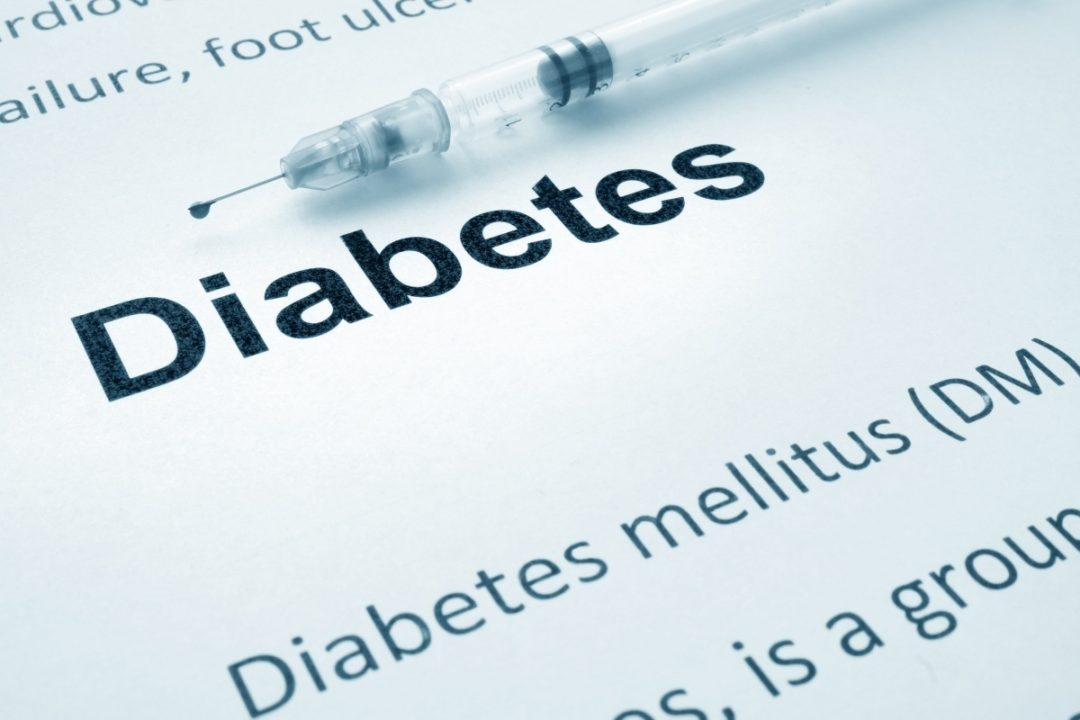
Type 2 diabetes is a condition where the blood glucose levels remain higher than desired (1). In this condition, the body produces plenty of ineffective insulin that does not help keep blood sugar level in the normal range. This is also sometimes described as insulin resistance.
Causes
- Foods containing excessive, processed, simple carbohydrates, sugars.
- Unhealthy, overheated vegetable oils that cause inflammation in the body.
- Lack of physical activity
- Family history (genetics) plays a small part. Many people with no family history end up having severe diabetes. So many young people in their twenties have prediabetes and end up getting diabetes by the time they reach their thirties. People even with a strong family history of diabetes may never get it if they make healthy food choices.
High glucose is dangerous
Constantly elevated blood glucose level causes damage to body organs. Some of the more serious implications of long-standing diabetes are:
- Blindness
- Kidney disease and failure
- Heart diseases
- Stroke
- Neuropathy, resulting in loss of toes, feet, legs
Criteria for diagnosis
The American Diabetic Association describes the following criteria for a diagnosis of diabetes:
- HgbA1c>/= 6.5%
- Fasting plasma glucose>/=126 mg/dl
- Random plasma glucose >/= 200 mg/dl
Diabetes Epidemic
The number of people having diabetes is steeply rising (3). 29.1 million have DM and 86 million have Pre-diabetes, in the US (4).
Misleading Guidelines Contribute
- Commonly used diabetes management guidelines state that diabetes will worsen over time regardless of treatment. The truth is that one can prevent diabetes from worsening and restore health to its normal state by making the right choices. It is possible that the guidelines are influenced by research sponsored by pharma companies, whose primary goal is to increase the sales of drugs. Advertised drugs simply maintain the disease rather than cure it.
- They create fear in the minds of people that it is primarily a genetic, chronically progressive illness and therefore not much can be done about it. Patients are encouraged to just accept it as their destiny and learn to live with it.
- Additionally, current guidelines give a vague message to eat less and exercise more. This seems like the perfect recipe to make anyone hungry and overindulge in eating, even if one doesn’t have diabetes. In spite of doing all of this, diabetes continues to worsen and risk of associated heart diseases continues to increase.
Paying to get unhealthy

Another burden, on top of progressively declining health and medication side effects, is the high cost of medications (5). Many people end up spending their entire deductible paying for doctor visits and medication bills. It also results in more expensive insurance rates.
References
- https://www.cdc.gov/diabetes/basics/diabetes.html
- https://www.ndei.org/ADA-diabetes-management-guidelines-diagnosis-A1C-testing.aspx.html
- https://www.cdc.gov/diabetes/statistics/prev/national/figpersons.htm
- https://www.cdc.gov/diabetes/data/statistics/2014statisticsreport.html
- https://www.npr.org/sections/health-shots/2015/08/18/432621873/high-cost-of-diabetes-drugs-often-goes-overlooked